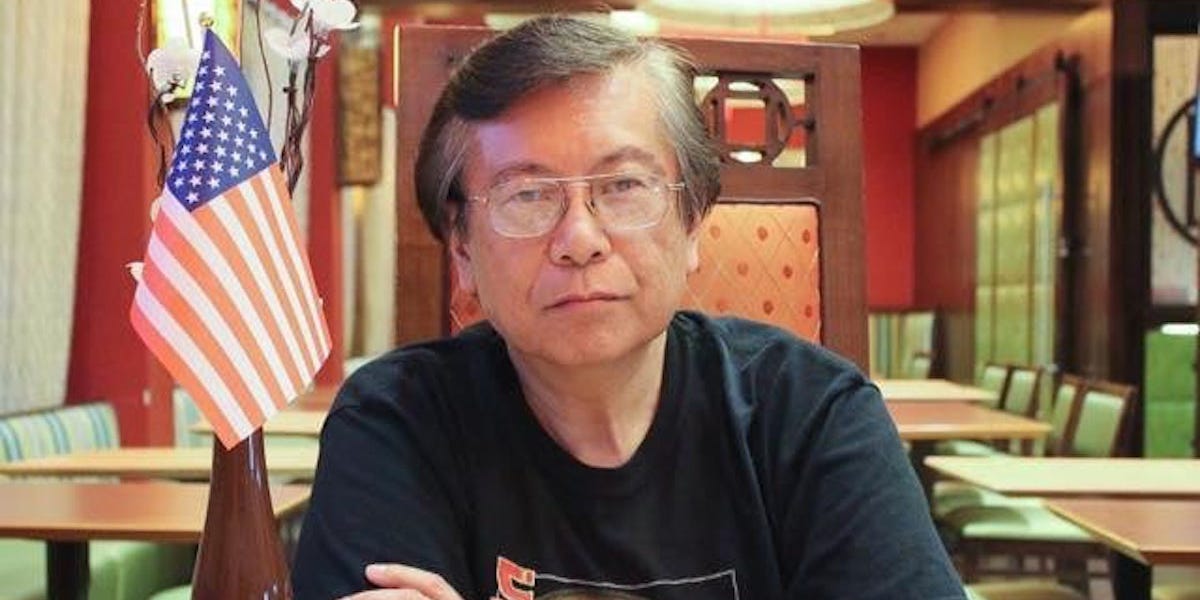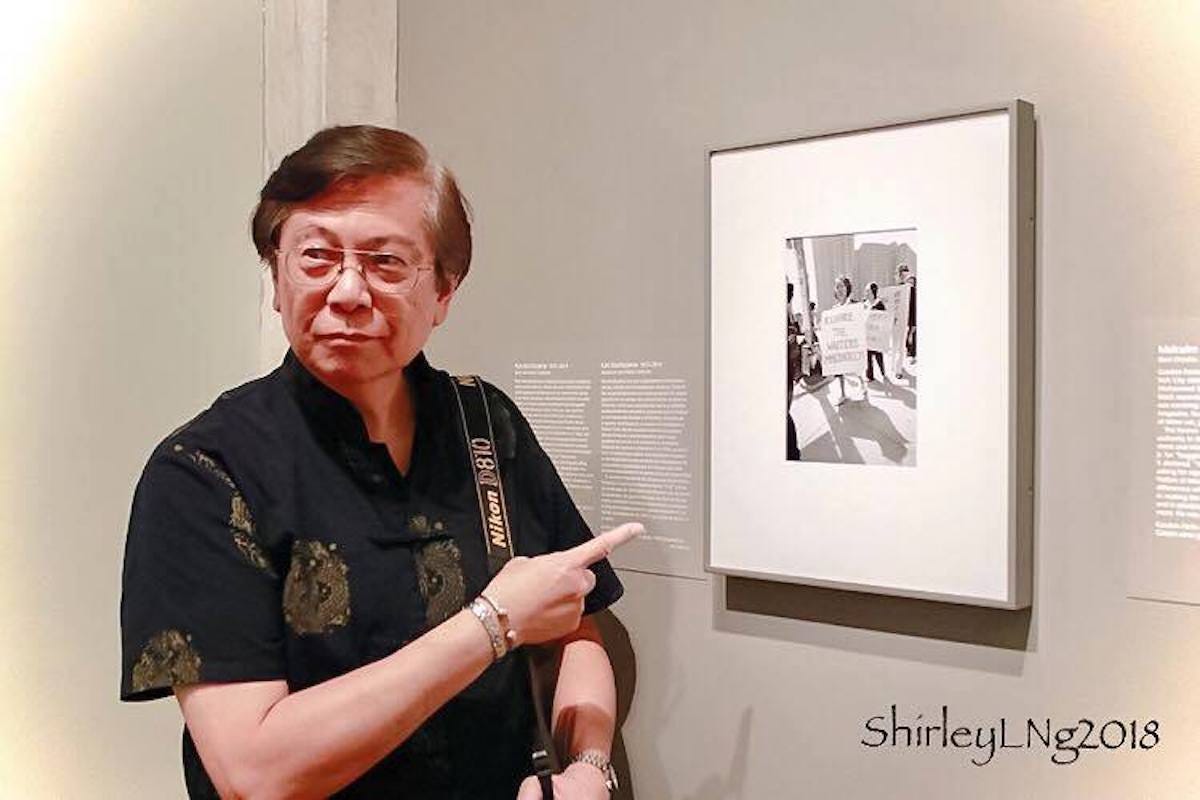
Shirley L. Ng
- Photojournalist Corky Lee, who documented Asian American communities, died on Wednesday.
- His family told the Asian American Journalists Association he died from complications of COVID-19.
- Lee spent 50 years documenting important moments throughout Asian American history.
- Visit Insider’s homepage for more stories.
Photojournalist Corky Lee, who dedicated his life to documenting Asian American communities, died on Tuesday from complications with COVID-19, his family has said.
Lee, 73, died on January 27 in his hometown of Queens, New York, his family told the Asian American Journalists Association (AAJA).
“It is with great sadness that we announce the passing of Corky (Young Kwok) Lee,” his family separately said in a Facebook post. “Corky, as he was known to the Asian American community, was everywhere. He always had a camera around his neck, documenting a community event, capturing a social injustice for the record and even correcting the social injustice of an historical event that took place well over a century ago. He did what he loved and we loved him for it.”
“(Corky) had a very unique lens. His passion was to rediscover, document and champion through his images the plight of all Americans but most especially that of Asian and Pacific Islanders,” the statement added. “He has left us with what is likely to be the single largest repository of the photographic history of Asian Americans of the past half century.”

Shirley L. Ng
Lee, a second-generation Chinese American, spent 50 years documenting the lives of Asian Americans and Pacific Islanders.
He photographed important moments in Asian American history, including the gentrification of Chinatown and antiwar and fair housing protests.
In documenting injustice, he photographed a 1975 protest against police brutality after a Chinese American was beaten by New York police officers and protests that were sparked by the 1982 death of Chinese-American Vincent Chin, who was killed in Michigan by autoworkers who blamed the Japanese for the loss of auto jobs in Detroit.
He also captured photos of everyday life in New York's Chinatown, which show chefs on their lunch breaks, children dancing, and more.
Lee first became interested in photography in junior high school after seeing a famous photo from 1869, New York University's Asian/Pacific/American Institute says on its website.
"The picture commemorated the completion of the transcontinental railroad and showed workers posing with two trains, one from the Central Pacific and one from the Union Pacific," the institute said. "But something was wrong with this picture. No Chinese workers. Since Mr. Lee first laid eyes on that photograph, he has devoted himself to making Asian Pacific Americans visible."
AAJA President Michelle Ye Her Lee mourned Lee in a statement on her organization's website.
"AAJA is heartbroken over the loss of our beloved Corky Lee, a trailblazer whose career has been instrumental to our collective understanding and appreciation of the history, triumphs and struggles of Asian America," she said.
- Read more:
- Trump has a penchant for calling the coronavirus the 'Chinese Virus' or 'Kung Flu.' Experts on Asian culture said the racist implications of the term divert attention from the disastrous US response.
- 12 must-read books for Asian Pacific American Heritage Month
- Asian women find it harder than ever to speak out about sexual assault. Evelyn Yang's story is challenging that.
- Andrew Yang's Asian jokes may be popular at political debates, but they aren't going over well in the Asian-American community